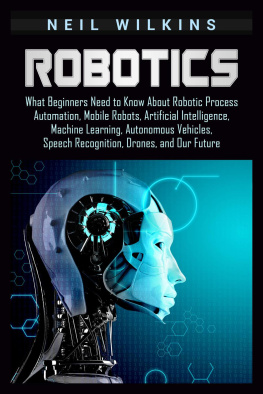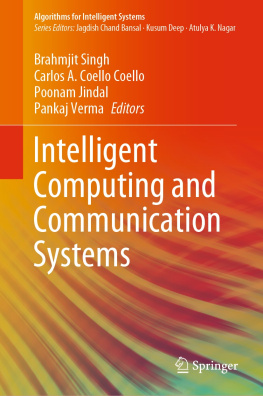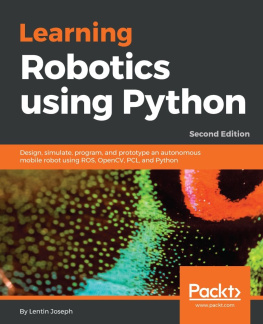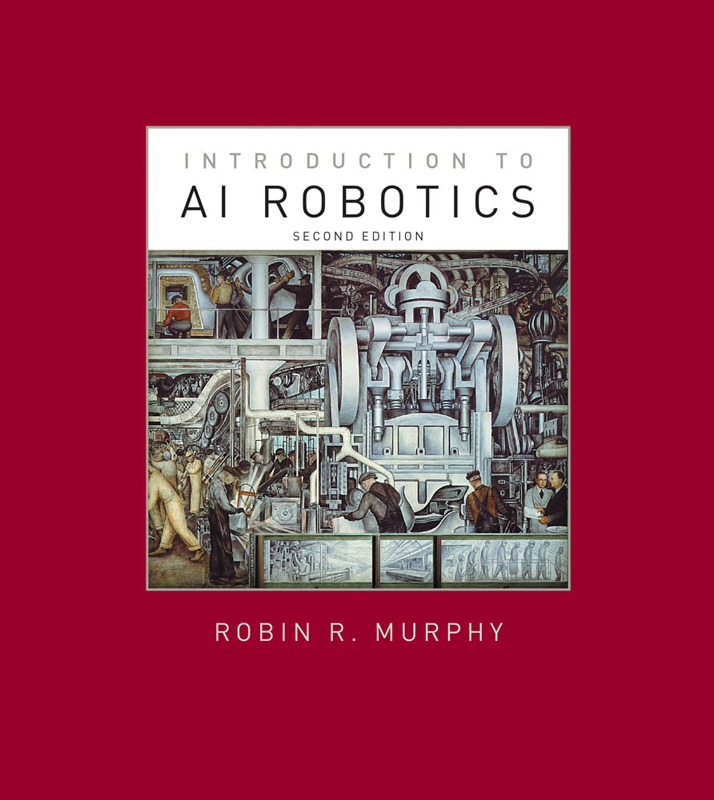Robin R. Murphy - Introduction to AI Robotics (Intelligent Robotics and Autonomous Agents series)
Here you can read online Robin R. Murphy - Introduction to AI Robotics (Intelligent Robotics and Autonomous Agents series) full text of the book (entire story) in english for free. Download pdf and epub, get meaning, cover and reviews about this ebook. year: 2019, publisher: A Bradford Book, genre: Romance novel. Description of the work, (preface) as well as reviews are available. Best literature library LitArk.com created for fans of good reading and offers a wide selection of genres:
Romance novel
Science fiction
Adventure
Detective
Science
History
Home and family
Prose
Art
Politics
Computer
Non-fiction
Religion
Business
Children
Humor
Choose a favorite category and find really read worthwhile books. Enjoy immersion in the world of imagination, feel the emotions of the characters or learn something new for yourself, make an fascinating discovery.

- Book:Introduction to AI Robotics (Intelligent Robotics and Autonomous Agents series)
- Author:
- Publisher:A Bradford Book
- Genre:
- Year:2019
- Rating:3 / 5
- Favourites:Add to favourites
- Your mark:
Introduction to AI Robotics (Intelligent Robotics and Autonomous Agents series): summary, description and annotation
We offer to read an annotation, description, summary or preface (depends on what the author of the book "Introduction to AI Robotics (Intelligent Robotics and Autonomous Agents series)" wrote himself). If you haven't found the necessary information about the book — write in the comments, we will try to find it.
A comprehensive survey of artificial intelligence algorithms and programming organization for robot systems, combining theoretical rigor and practical applications.
This textbook offers a comprehensive survey of artificial intelligence (AI) algorithms and programming organization for robot systems. Readers who master the topics covered will be able to design and evaluate an artificially intelligent robot for applications involving sensing, acting, planning, and learning. A background in AI is not required; the book introduces key AI topics from all AI subdisciplines throughout the book and explains how they contribute to autonomous capabilities.
This second edition is a major expansion and reorganization of the first edition, reflecting the dramatic advances made in AI over the past fifteen years. An introductory overview provides a framework for thinking about AI for robotics, distinguishing between the fundamentally different design paradigms of automation and autonomy. The book then discusses the reactive functionality of sensing and acting in AI robotics; introduces the deliberative functions most often associated with intelligence and the capability of autonomous initiative; surveys multi-robot systems and (in a new chapter) human-robot interaction; and offers a metaview of how to design and evaluate autonomous systems and the ethical considerations in doing so. New material covers locomotion, simultaneous localization and mapping, human-robot interaction, machine learning, and ethics. Each chapter includes exercises, and many chapters provide case studies. Endnotes point to additional reading, highlight advanced topics, and offer robot trivia.
Robin R. Murphy: author's other books
Who wrote Introduction to AI Robotics (Intelligent Robotics and Autonomous Agents series)? Find out the surname, the name of the author of the book and a list of all author's works by series.







 .
.